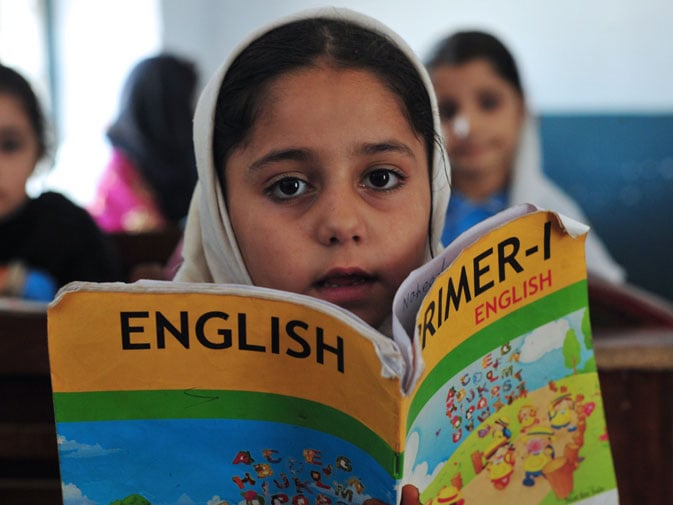
While the Punjab government has raised the education budget considerably over the last five years, it now needs to start improving utilisation and spending money as planned, rather than moving funds around, said analysts and politicians at a briefing organised by the Institute of Social and Policy Sciences (Isaps) here on Tuesday.
In the Punjab, 42% of government schools are without electricity, 18.9% without boundary walls, 18% without toilets and 12.5 % schools without drinking water, said Isaps representatives. The institute estimates that 28 per cent of children aged 5 to 9 and around 9.3 million aged 5 to 16 do not go to school.

ISAPS research fellow Ahmed Ali said that the issue in the Punjab was not just of access, but also quality. According to the 2011 Punjab Education Assessment Data for Grade 4, 73% of children perform poorly in maths, 76% in social studies and 87% in Urdu. “We need to understand why, if the children are being provided education, they are not learning,” he said.
The education budget has increased from Rs42 billion in 2007-2008 to Rs89 billion in 2013-2014. The current expenditure budget has been set at Rs38.31 billion for 2013-14, up from Rs29.43 billion the year before, and the development budget has been set at Rs50.8 billion, fractionally higher than Rs50.07 billion in 2012-13.
The budget is divided between the Schools Education Department (Rs15.5 billion for current expenditure and Rs26 billion for development in 2013-14) and the Higher Education Department (Rs15.6 billion for current expenditure and Rs9 billion for development).
In 2012-13, the SED was allocated Rs23.5 billion for development, but spent only Rs1.7 billion. The HED was allocated Rs13.6 billion, and spent Rs8.1 billion. Ali questioned why, when the HED’s utilisation had been so much higher, its development budget for this year had been cut by 33%, while the SED, with its very low utilisation, had been granted an 11% increase on its development budget.
Other budget anomalies, he said, included the allocation of Rs50 million for student scholarship in 2012-13, of which zero was spent. That allocation has been almost doubled to Rs99 million for 2013-14.
Ali said that last year, the SED had proposed a Rs2 billion allocation to restore the schools damaged or destroyed by flooding. The government had allocated Rs500 million, none of which was spent, he said. No money has been allocated this year.

“The allocations are not done effectively ... funds are not released on time or fail to be spent at all,” he said. In 2012-13, of the Rs15.5 billion allocated to the SED for development, only Rs6 billion was released by the end of the fiscal year.
Ali also questioned the allocation to the Punjab Education Foundation, which pays low-cost private schools to educate students. He said that the allocation to the PEF had gone up from Rs3.8 billion in 2008-09 to Rs7.5 billion in 2013-2014. He said: “Is it wise to give money to private schools when public schools lacking several facilities exist in the same area?”
He said that in order to ensure 100 per cent enrolment within 15 years, the government would need to build 65,000 new schools and 265,000 new classes and hire 144,000 new teachers. To achieve this, he said, by 2024-25, the total SED budget should be Rs464 billion. It currently stands at Rs156 billion, he said.
Schools Education Department
According to the SED, the government allocated Rs145 billion for schools in the districts and Rs35 billion for provincial schools in 2012-2013, and Rs165 billion for districts and Rs45 billion for provincial schools in 2013-14. Deputy Secretary at the SED Qaiser Rasheed said that the department plans to allocate Rs446 billion to a comprehensive plan to improve infrastructure by 2018.
Rasheed said that the worst-performing schools in the matriculation exams were in Sargodha, where over a thousand schools had a pass percentage of zero.
Politicians
Dr Murad Raas of the Pakistan Tehreek-i-Insaf questioned why Education Minister Rana Mashhood Khan had failed to attend the briefing. He said there was no need for Labour Minister Raja Ashfaq Sarwar, who attended in the education minister’s place and left early, to come in his stead. He said that the low utilisation of funds was a big concern.
Former provincial education minister Mian Imran Masood said that the PML-N-led Punjab government had no excuses, as they were now serving a second consecutive term. “They have the mandate, the money, the resources … what is their excuse now for not performing?” he said. “They have not been in power for only 90 days, they have been in power for five years and 90 days … they should show results.”
Saira Iftikhar of the PML-N said that the government should start presenting quarterly reports on the budget and its spending.
Published in The Express Tribune, September 11th, 2013.














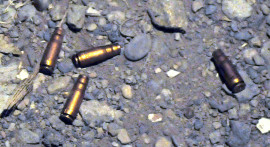

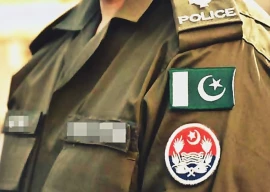

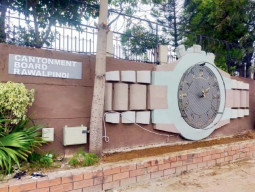
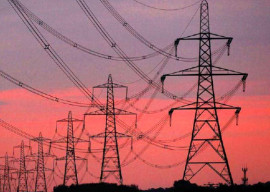
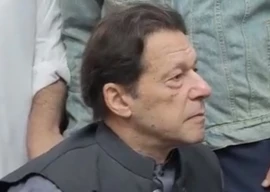
1683888120-0/image-(3)1683888120-0-270x192.webp)
1715752665-0/hazimpraise-(1)1715752665-0-270x192.webp)



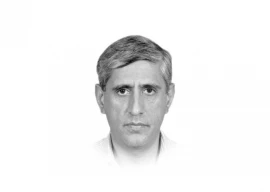
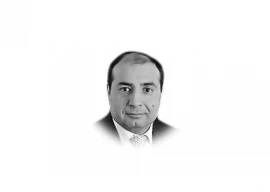
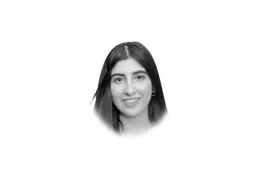

COMMENTS
Comments are moderated and generally will be posted if they are on-topic and not abusive.
For more information, please see our Comments FAQ